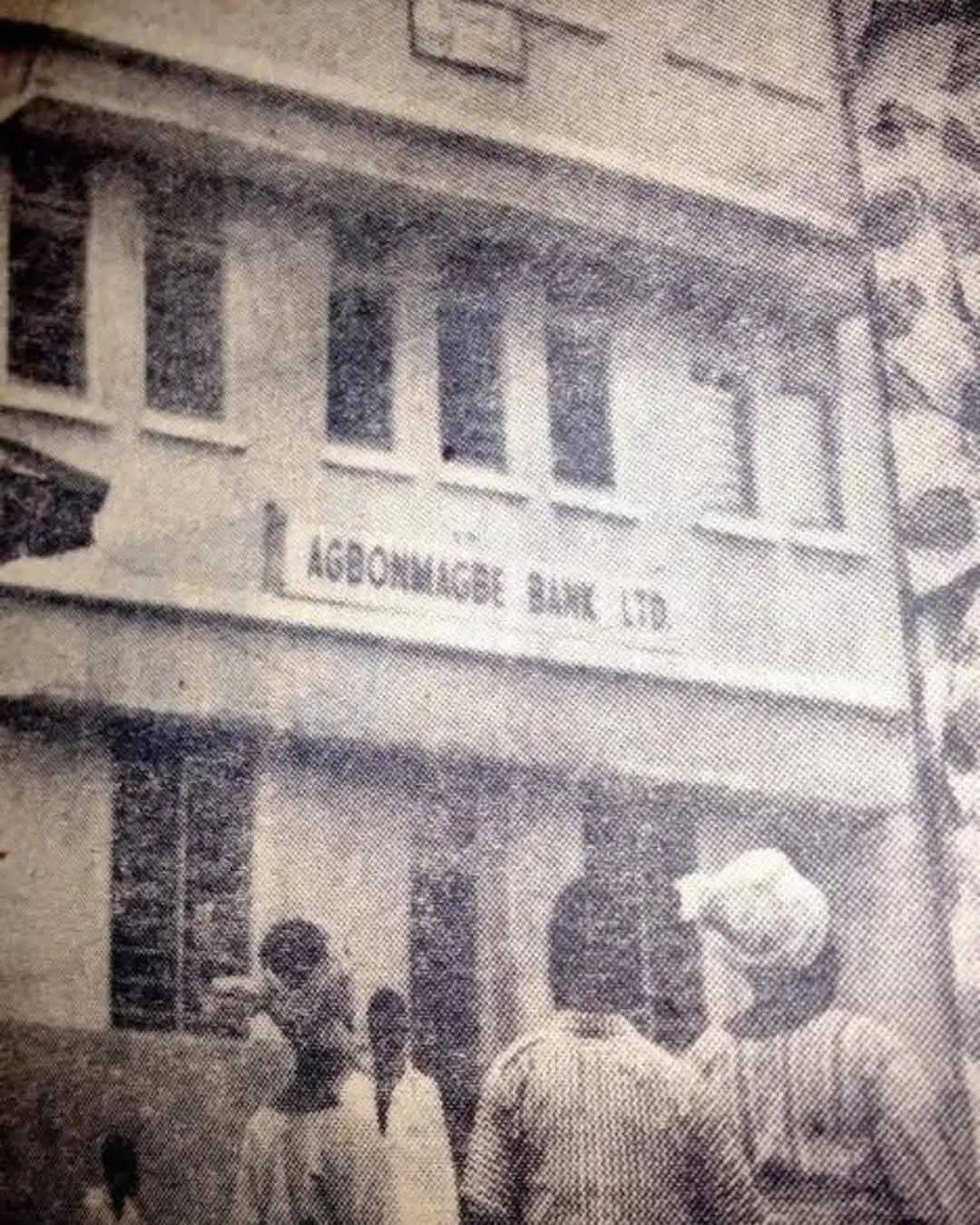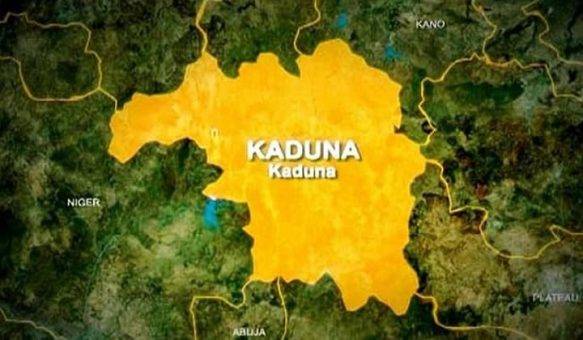Agbonmagbe Bank Ltd., established on May 2, 1945, holds a prestigious place in Nigeria’s financial history as one of the first fully indigenous banks. It was founded by Chief Mathew Adekoya Okupe, a visionary entrepreneur determined to empower Nigerians—especially traders—who were marginalized by colonial banking systems.
Early Vision and Operations (1945–1950s):
At a time when most financial institutions in Nigeria were foreign-owned and catered primarily to expatriates and large corporations, Agbonmagbe Bank emerged as a homegrown alternative, offering banking services tailored to the needs of Nigerians. The bank began operations with branches in Ebute Metta (Lagos), Sagamu, Abeokuta, and Ijebu-Igbo, thus placing itself close to commercial centers and the grassroots.
Expansion and Public Investment (1950s–1960s):
In the 1950s, the bank attracted attention from the Western Nigeria Marketing Board, which saw its potential and injected capital into it. However, following internal management challenges, the Marketing Board assumed full control of the bank, ensuring its survival and continued growth.
Transition to Wema Bank (1969):
In 1969, Agbonmagbe Bank was officially renamed Wema Bank Limited, signifying a new chapter in its institutional development. “Wema,” meaning benefit or prosperity in Yoruba, reflected the bank’s renewed mission to serve the economic interests of Nigerians more effectively.
Today, Wema Bank Plc stands as a legacy institution, not only as Nigeria’s oldest surviving indigenous bank but also as the pioneer of Africa’s first fully digital bank, ALAT. Yet, its foundation rests firmly on the early efforts of Agbonmagbe Bank Ltd., a bold financial experiment that helped lay the groundwork for Nigerian-owned banking.
Credit: Historical Nigeria














